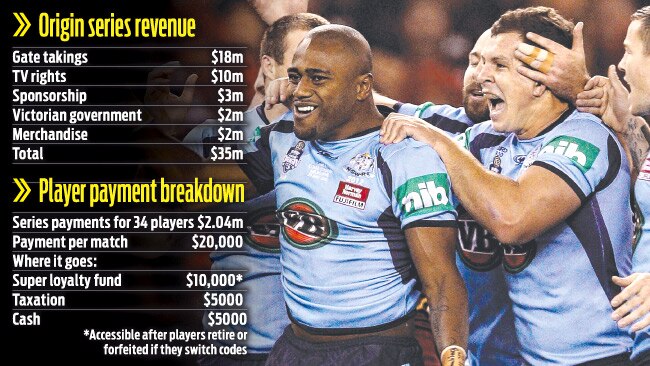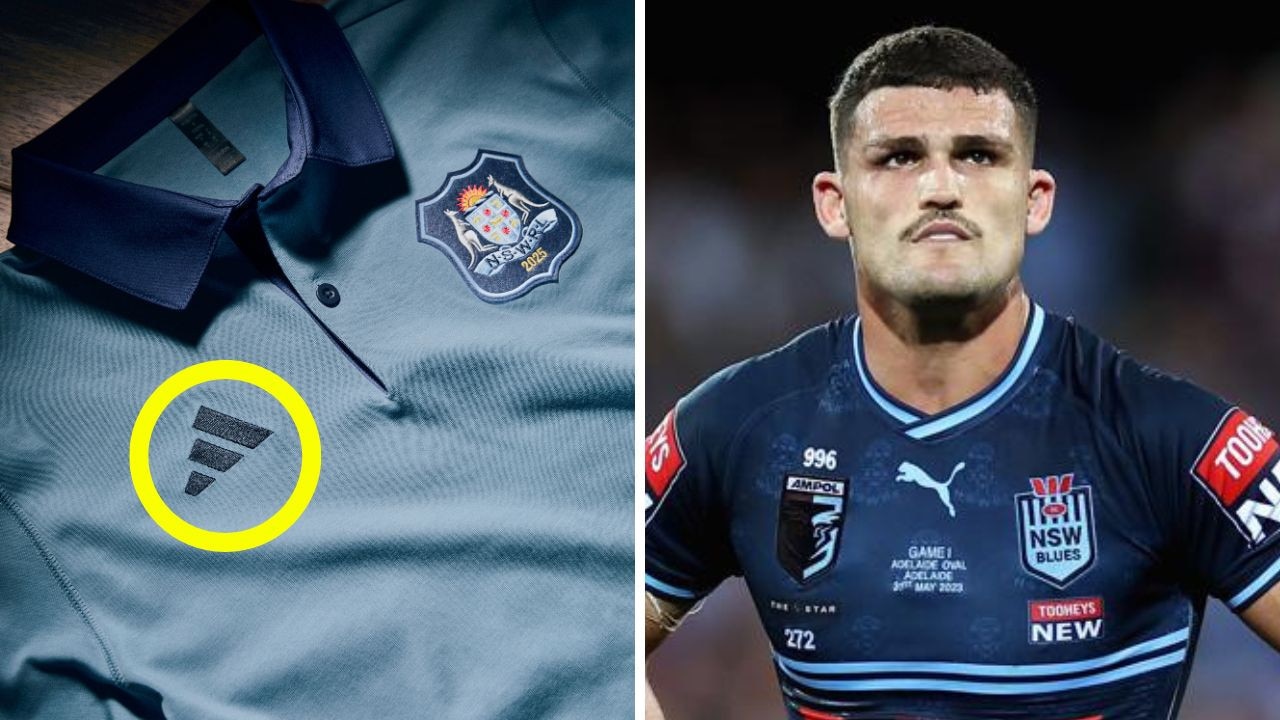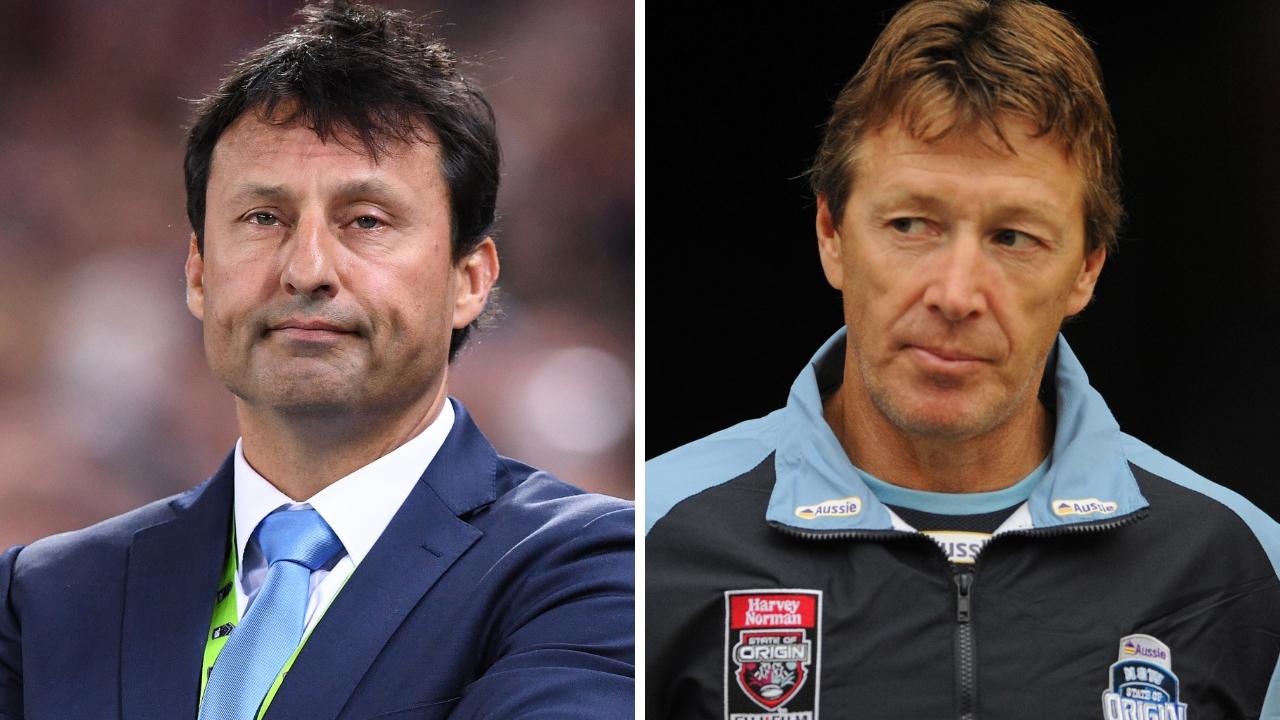Best way to lift rep stars' pay
THE NRL could easily solve the State of Origin player payment row by reducing the size of the salary cap increases for next season.

THE NRL could easily solve the State of Origin player payment row by reducing the size of the salary cap increases for next season.
The cap is expected to rise a minimum of $600,000 to $5 million in 2013 on the back of the windfall from the television broadcasting rights.
Why not hold back $150,000 from each club's cap to go into a pool for representative payments?
It would create an extra $2.4 million for rep footy and effectively double State of Origin match payments to $40,000 per player.
The stars would be getting around 12 per cent of of Origin revenue, still a relatively small amount considering AFL players fought for 25 per cent of the game's returns in their pay dispute last season.
By also scrapping the loyalty payment fund, the superstars of the sport could earn $120,000 a year out of the game's premier event.
It would mean an extra $1 million over their careers for champions like Billy Slater, Greg Inglis, Cameron Smith, Johnathan Thurston or anyone else who plays at least eight years of Origin.
That's a great incentive to ignore the big-money offers from the AFL, rugby union and English Super League.
An Origin pay increase to $40,000 a game would take huge pressure off the financially struggling Sydney clubs by saving them from having to include representative football bonuses in standard contracts.
At the same time, the money that goes to grass roots and administration would be unaffected.
There are some suggestions the players' association will push for a pay scale for Tests, Origin and City-Country in the collective bargaining agreement. NRL boss David Gallop says he is open to negotiations.
Follow @Telegraph_Sport on Twitter and like Telegraph Sport on Facebook




